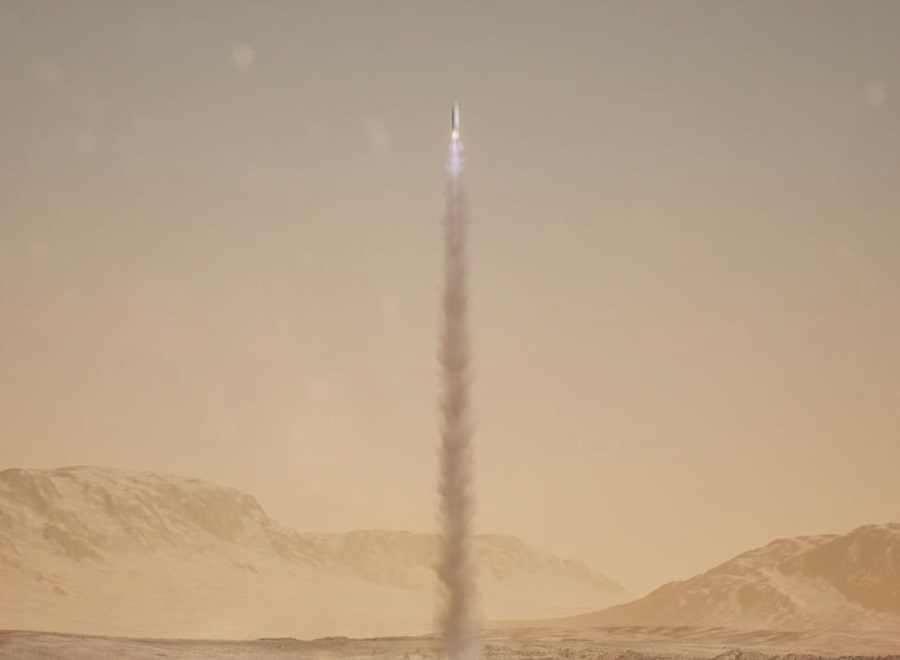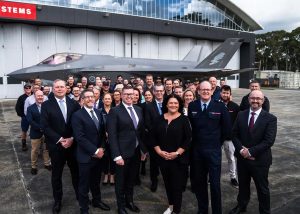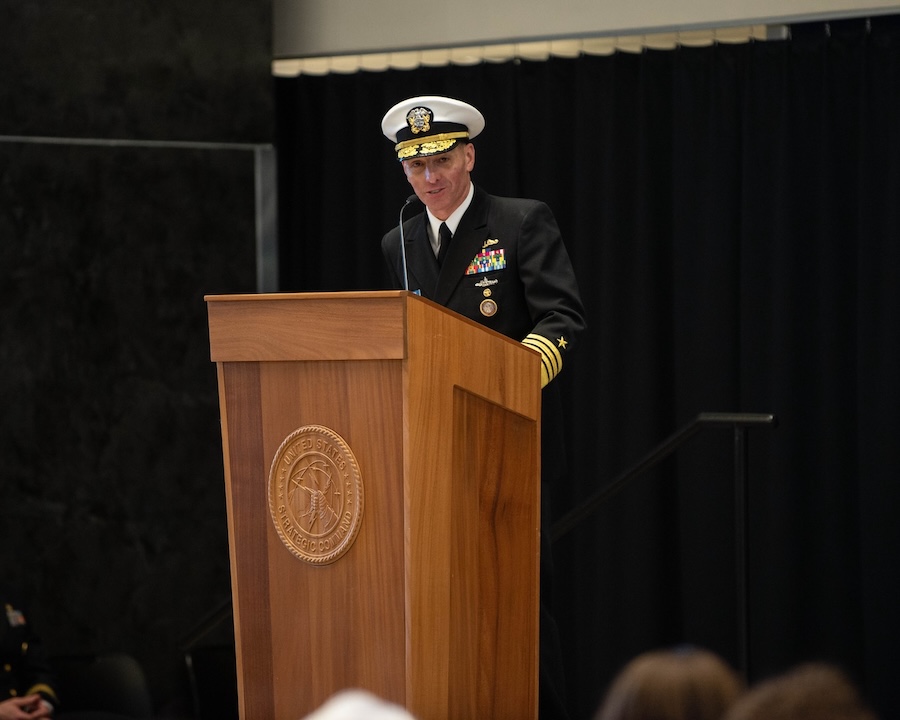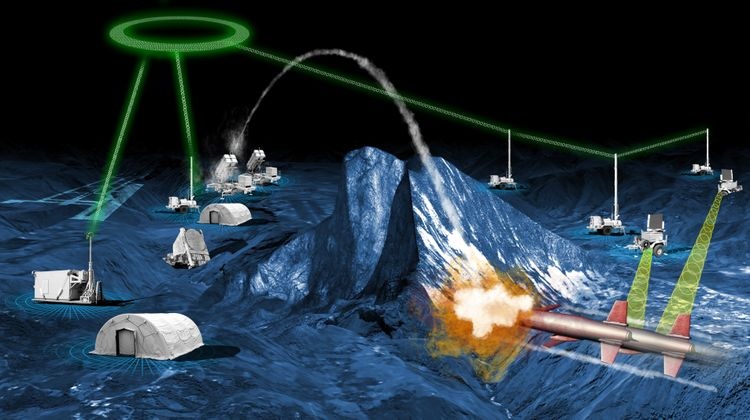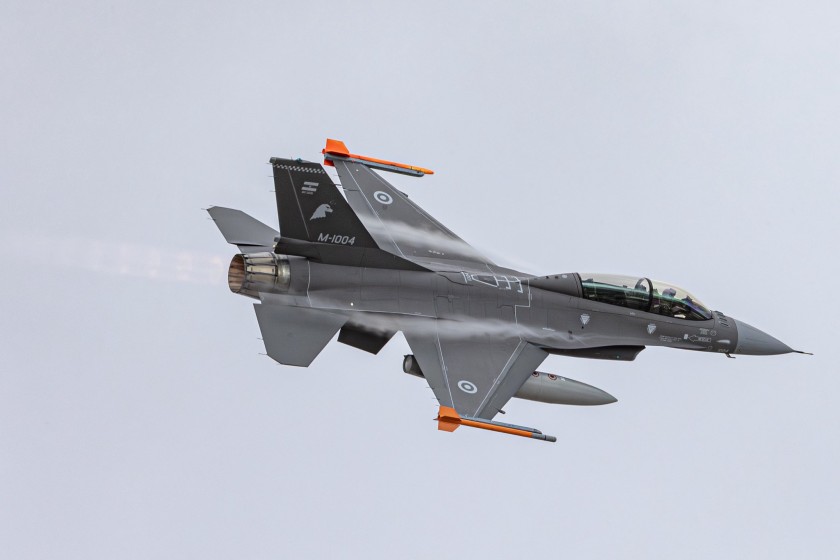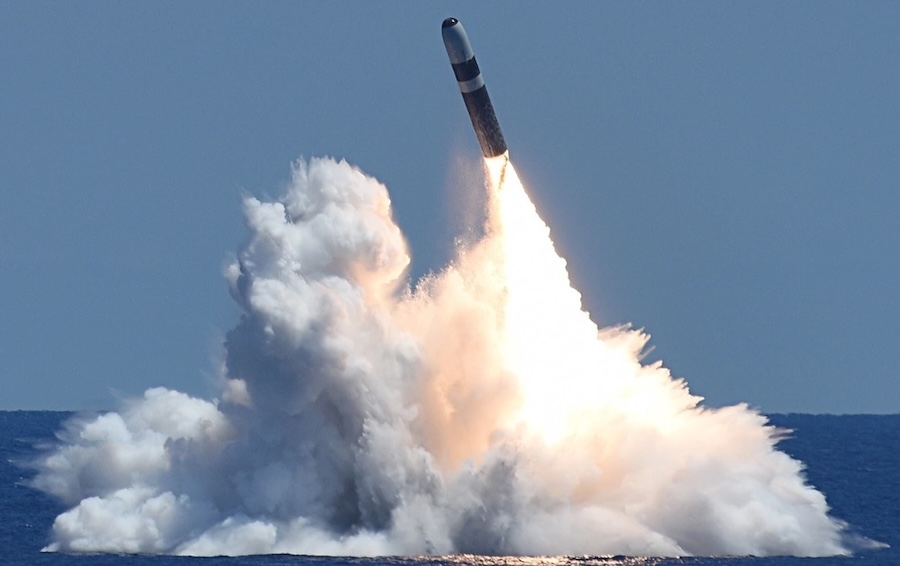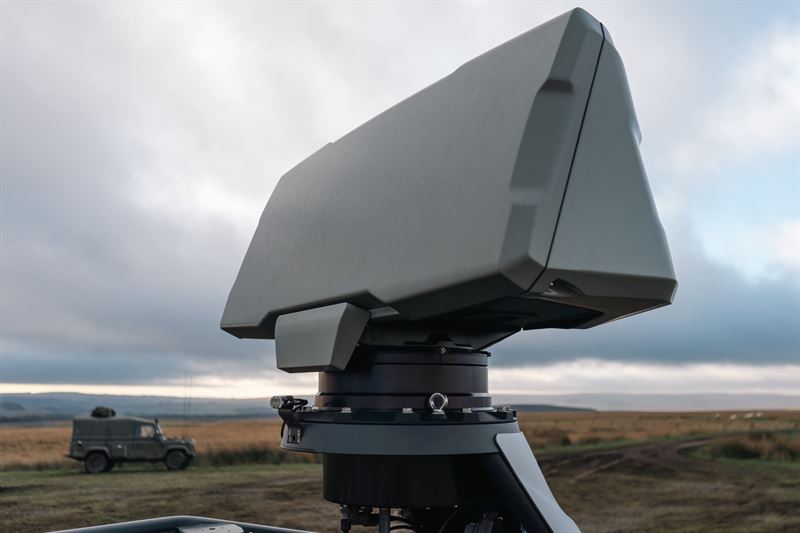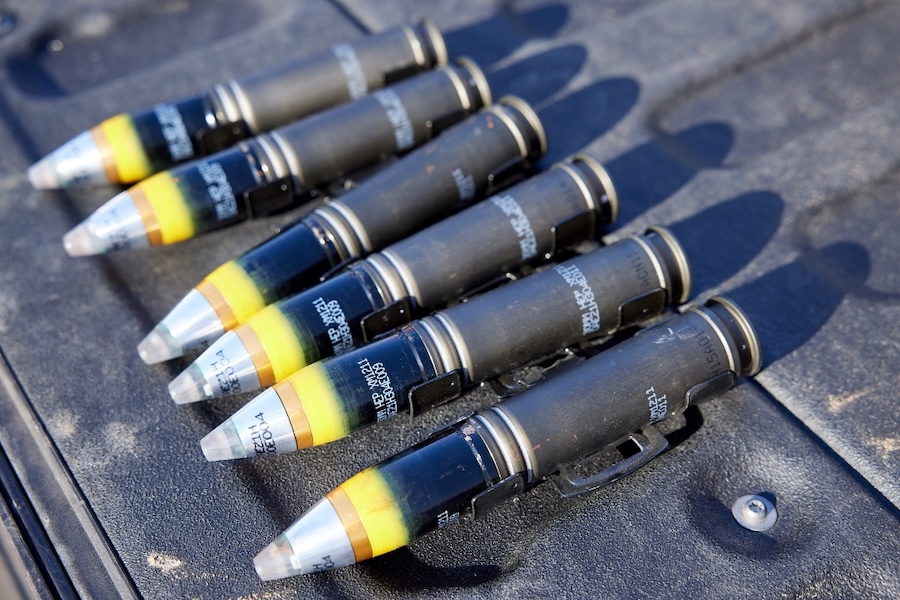With current NASA estimates for MSR reaching $7 billion, Lockheed Martin’s approach seeks to simplify the mission’s architecture by reducing mass and centralising operations. The plan includes a smaller lander based on the previously flight-proven InSight platform, a compact Mars ascent vehicle, and a scaled-down Earth entry system.
“Our MSR offering is just one example of how Lockheed Martin is providing options to NASA to allow science and deep space exploration to be done differently,” said Whitley Poyser, Director of Deep Space Exploration at Lockheed Martin. The company emphasises that a commercial strategy could lower costs and reduce the need for extensive government oversight.
The aerospace firm has played a major role in all 22 of NASA’s Mars missions, building half of the spacecraft involved. Its legacy includes the OSIRIS-REx mission, which returned NASA’s first asteroid samples in 2023, and ongoing operations of the MRO, MAVEN and Odyssey orbiters—vital assets for communications and navigation.
“MSR represents the biggest bang for the science buck,” Poyser added. “With our 50 years of Red Planet mission experience, we have demonstrated that we can successfully navigate the technical complexities required while staying on budget and schedule.”
Lockheed Martin’s proposal also builds on its experience with cost-capped planetary missions, where the company has previously returned funds to NASA or delivered projects under budget. The MSR effort is viewed as a key component of NASA’s broader Moon to Mars exploration architecture.
Lisa May, Lockheed Martin’s Senior Manager of Strategy for Deep Space Exploration, highlighted the critical scientific potential of the mission. “These samples will tell us where to build, what to avoid, basically how to leverage the Mars surface to survive and thrive,” she said.
The MSR mission could also serve as the first international deep space rendezvous and act as a proving ground for future human exploration of Mars. Lockheed Martin’s design incorporates learnings from ongoing studies on regolith risks, perchlorate mitigation and radiation shielding to enhance future crew safety.
“We are the only company in the world with flight experience in all the relevant disciplines, such as launch vehicle systems, planetary protection, and rendezvous and proximity operations,” May stated. Lockheed Martin believes its strategy can unlock Mars’ scientific secrets while laying the groundwork for human exploration.
Source: Lockheed Martin.



